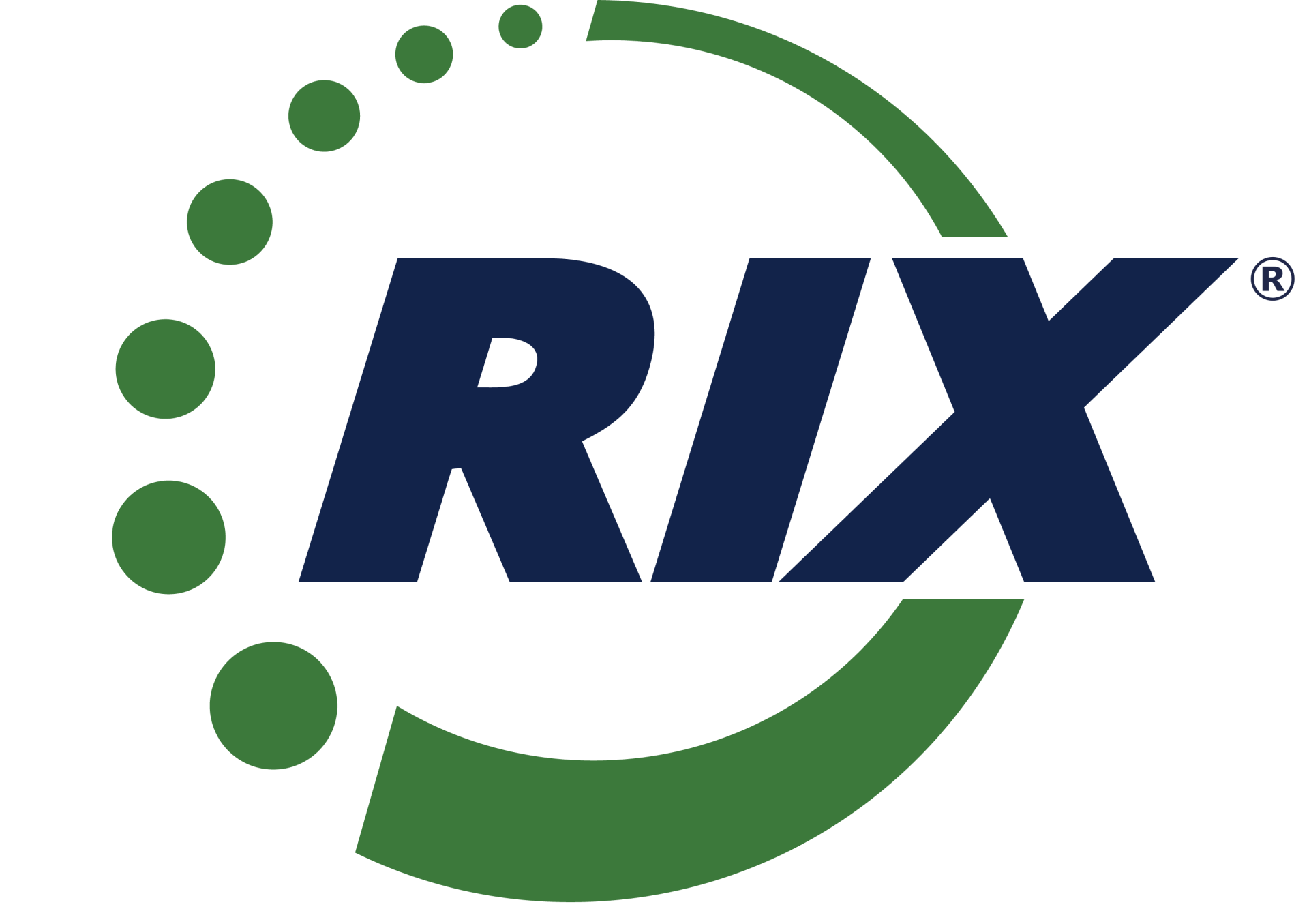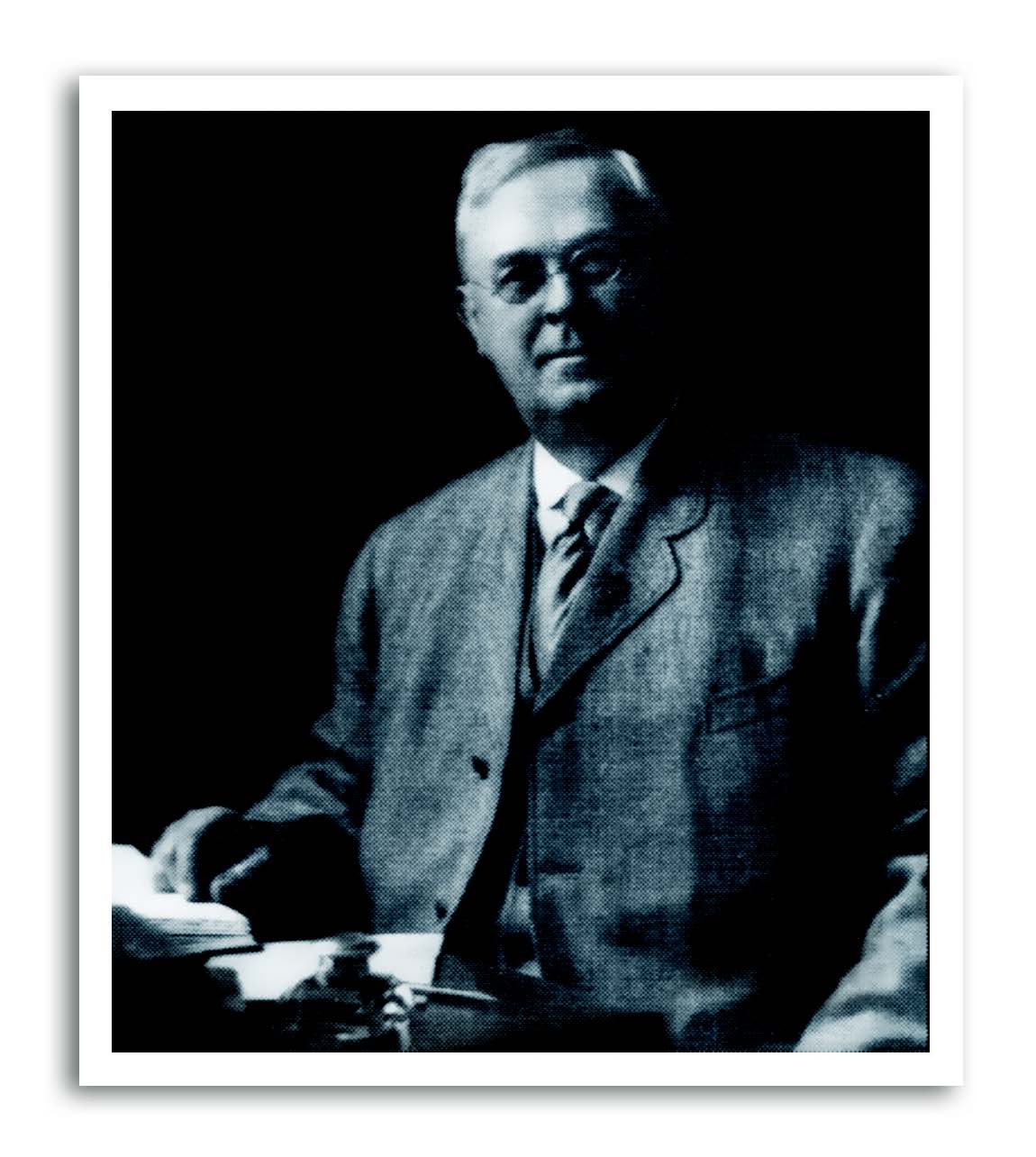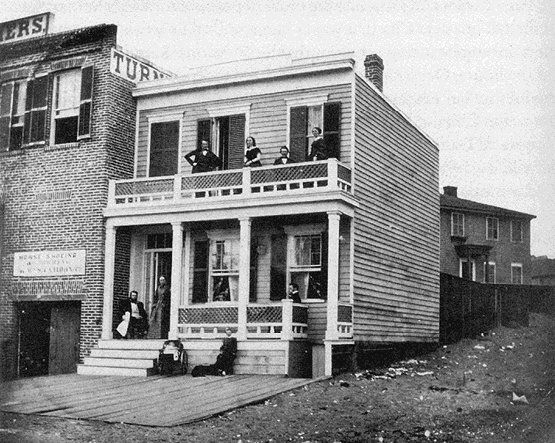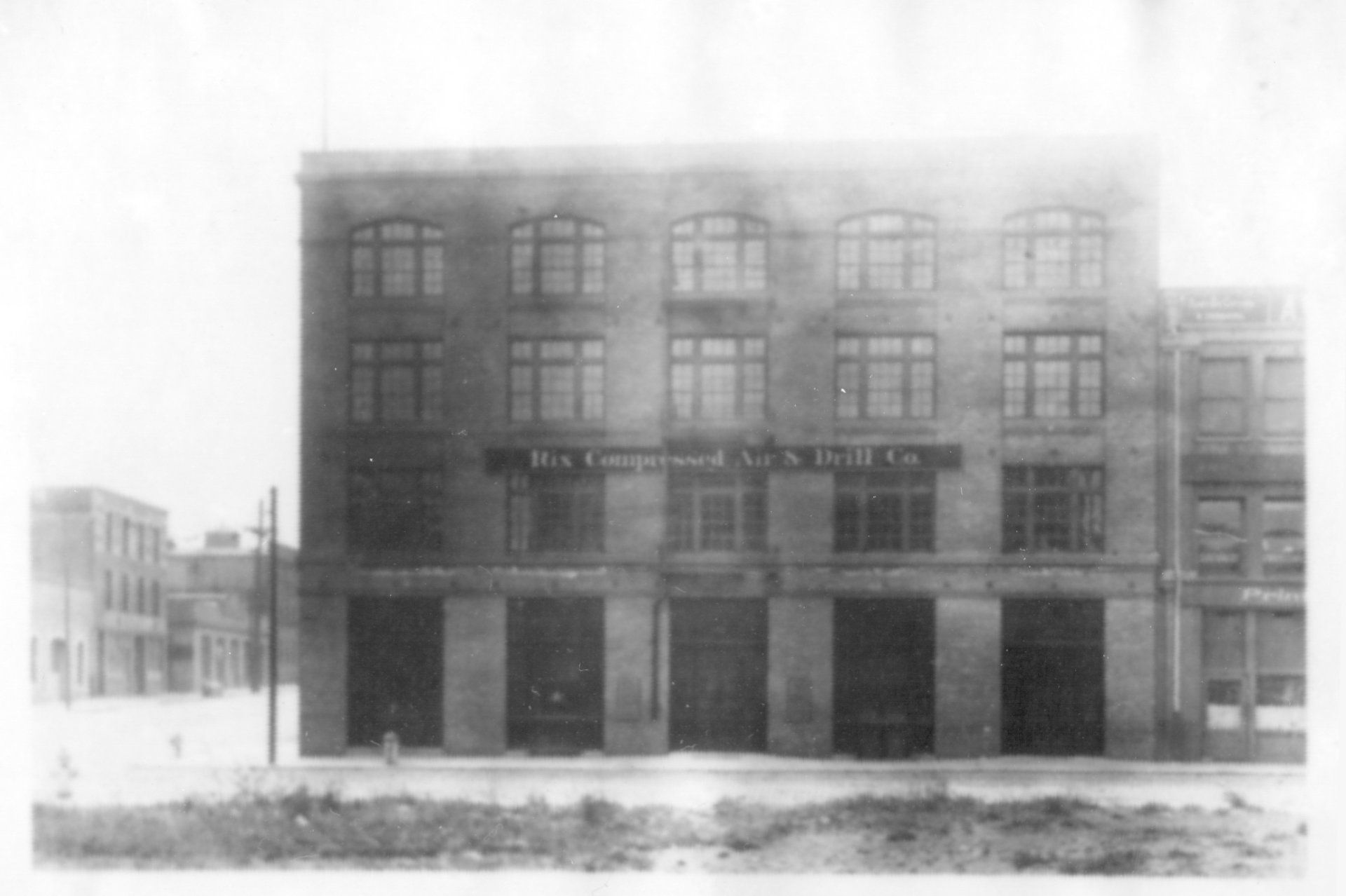Our History
Our History
The RIX Story | The Early Years
RIX Industries was organized in 1878, and has operated continuously since then, a relatively unmatched and exciting achievement in American industry. Designing and building compressors to solve difficult problems was what consumed the professional life of the company’s founder, Edward Austin (E.A.) Rix. That objective continues to be at the forefront of the company’s mission today.
The company’s origins lie in the form of Phoenix Ironworks, a company created by mechanical genius and draftsman, Jonathan Kittredge, in 1849 on the beaches of San Francisco. Phoenix was well-known as a manufacturer of safes and locks. Mr. Rix joined Kittredge after graduating from the then new University of California School of Engineering at Berkeley, and later married Kittredge’s daughter. The firm continued to manufacture various types of large machinery including locomotives, of which they built ten in one year.
Partnering at the same time with his uncle, Joseph Firth, they formed Rix &Firth in 1878, and began to build compressed air and hydraulic driven machinery, which was a burgeoning industry as a result of wide-spread municipal, railroad and California Gold Rush-related construction projects. Like Levi Strauss and other young innovators attracted to the Gold Rush opportunity, E. A. Rix realized that the cumbersome and dangerous steam and water-driven drilling equipment currently in use could be replaced by more efficient and safer gas-powered sources. He was soon designing and building air compressors for a variety of applications and purposes, establishing a broad reputation for reliability and functionality.
Joseph Firth was a widely-recognized ironworks engineer from Michigan. He distinguished himself as a machinist and draftsman in San Francisco, taking influential positions at the Almaden Quicksilver Mine, the Fulton Iron Works, and the Union Iron Works. These companies were the “high-tech” firms of their day, as their designs and products were critical to the construction of the city’s growing infrastructure and other engineering projects. Firth, in particular, was deeply involved in designing the metal structure of the Market and Sutter Street Cable Railway as well as the state-of-the-art Crocker Building.
This new partnership flourished and was located first at 396 Mission Street, San Francisco, then at 219- 221 Spear Street, almost at the edge of San Francisco Bay in 1890. In addition to being a leading manufacturer of compressors and other heavy equipment, the company created the architectural ironwork on the Crocker Building on Market and Montgomery, and the basic framework of other major structures.
E.A. Rix | Founder of Rix & Firth
With the departure of Firth to focus on Phoenix Iron Works, E.A. established the Rix Compressed Air Machinery Company and the firm was then re-located in 1896 to a large facility at 225 First Street with machinery valued at $90,000. The firm employed upwards of 100 machinists at that time.
The tragic 1906 San Francisco earthquake did not spare the Rix facilities as the ensuing fire totally destroyed their building and equipment. Fortunately, E. A. Rix had the foresight, unlike many local executives, to insure against such losses. The company moved briefly to Grass Valley, CA, where they continued manufacturing operations in the aftermath of the fire. Within a year, the company was flourishing again with a new name, Rix Compressed Air and Drill Company, a new shop in Oakland and new offices in San Francisco.
Rix products found wide-ranging application in industry, even in Yosemite Park, where they were used to power various rock-drilling activities in a more nature-friendly fashion. An early defense role found Rix designing and building a unique, high-pressure compressor for a long-range Army coastal artillery emplacement at the entrance to San Francisco Bay. While never used, this successful response to a military customer need propelled Rix into other branches of the U.S. military, as well as with commercial users of industrial gas applications around the country.
The San Francisco-based company continued to expand through the ensuing years, finally relocating to Emeryville, CA, in 1964 as the RIX Company, Inc., to allow for larger shop and office facilities.
RIX Matures
In November, 1966 the company was divided into two firms. Mr. Charles F. (Frank) DeWolf, then President of the RIX Company, purchased the compressor design and manufacturing business, and the remainder of the business became a subsidiary of LeRoi-Westinghouse Air Brakes. Under the leadership of DeWolf, RIX Company was again renamed, this time as RIX Industries, and the firm moved to Hollis Street in Emeryville.
Virtually a new company, RIX Industries soon developed specialized, custom-designed units, and built compressors to meet the needs of both industry and the U.S. Government. The U.S. Navy was, and continues to be, the major buyer of compressors within the military branches. RIX has provided compressors for shipboard and aircraft applications for many years with excellent results and repeat business.
The 1970s saw continued expansion with strong private sector and military contracts awarded for a wide range of high-quality, long-life compressors and related products. RIX created innovative small, portable compressors for specialized applications within military and fire departments. Increased sales of production line products necessitated the building of a 53,300 square foot assembly facility in Sparks, Nevada in 1979. To date, this manufacturing center of excellence focuses on producing high-volume production of established compressors.
Mr. Bert Otterson joined RIX Industries in 1977 and purchased the company in 1987. RIX then moved its headquarters to Benicia, California in 1997. Building the 47,700 square foot structure proved to be a wise choice as the expansion helped the company grow, both in employees and expanded product lines.
Under Bert Otterson’s leadership, RIX Industries has expanded its government business and gained a prominent position in defense and aerospace installations. The addition of aerospace products in the 2000s catapulted the RIX business into even more government sectors, solidifying the RIX name with Navy Air. The company also takes pride in its substantial relationships and installations with a broad range of commercial clients.
To this day, RIX Industries continues to uphold a tradition of expertise and plays a successful role in providing a range of high-quality solutions for challenging industrial and military applications and advanced technologies.
Markets
Products
Company
All Rights Reserved | RIX Industries | Privacy Policy | Disclaimer | Terms of Service
All Rights Reserved | RIX Industries







